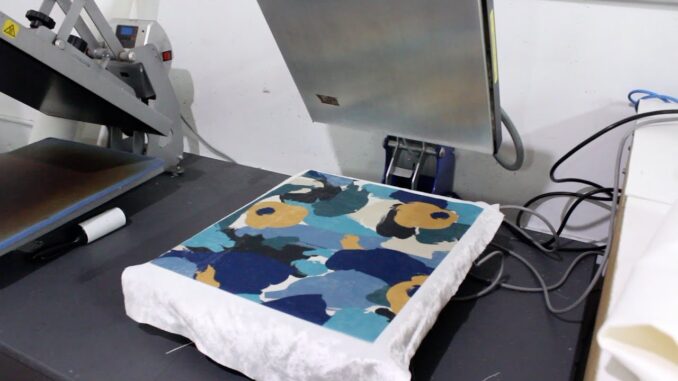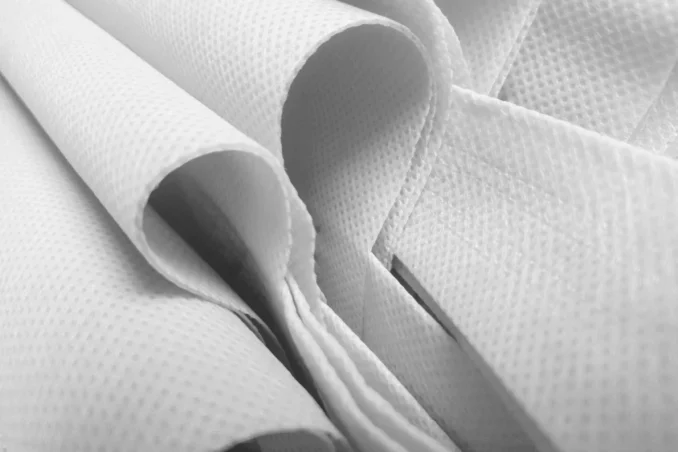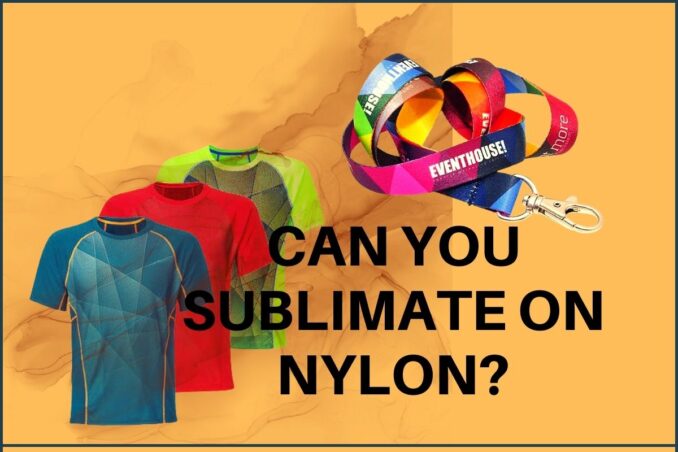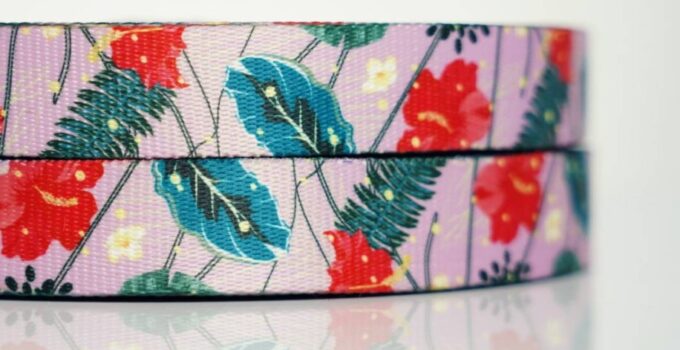There are multiple types of materials available on the market. Choosing the best one for our needs is closely related to the type of product that we offer to the customer, as well as its application. The most popular types of straps are manufactured from polyester, nylon and polypropylene. They all feature a high resistance to tearing and stretching. They are widely used in such products as bags, backpacks or even leashes for animals. The manufacturers choose the straps to ensure the best look for the end product.
Differences in the types of strap are visible at first glance, in the very structure of the material from what they are made. The thickness, delicacy or smoothness of the material can be checked by touch. In addition to the features visible at first glance, it is also important to check the susceptibility of the materials to external factors as well as whether they are compatible with the sublimation printing technology.

Source: youtube.com
Thanks to sublimation printing technology, the manufacturer gains unlimited possibilities in modifying the external appearance of the straps. Digital imprints transferred to the material, through using patterns, means making many different versions of the same product, so that the material is appealing to a larger number of customers. Sublimation printing standards offer one- and two-sided decoration of the material, allowing the product to stand out on the market. Thanks to sublimation printing, manufacturers are not limited to a single-colour material with a logo in large-quantity production. The process of sublimation printing gives the opportunity to present the product in a completely different way, as well as for the customer to enjoy its aesthetic value, especially for small production series, which should be taken into account during the material selection.
Polypropylene is certainly the cheapest material discussed here, and one of their greatest advantages. Straps made of this material are durable and do not absorb water, which makes them useful for outdoor products. The properties of polypropylene leave much to be desired though, as products made of this material are much rougher and stiffer than those made of other materials. If price is the highest priority, and you are seeking the cheapest finish for your product without much attention given to the details and aesthetics, polypropylene makes the best choice. The fibres of such materials are dyed just before weaving. Polypropylene is a material made in various colours, but the decoration itself is usually in the form of emblems or embroidery independent of the straps. Sublimation printing on this material is not very durable.

Source: palmetto-industries.com
Nylon, unlike polypropylene, is well suited for sublimation printing, and the effect of such a process is very durable. This is partly due to the resistance of the material to abrasion and the very high resistance to deformation. The only exception here is when the material is stored outdoors, and begins to absorb moisture. After storing in such conditions, the straps may stretch under stress, which negatively affects the print quality. Unfortunately, UV rays also have a direct impact on the life of the imprint and, over time, a strap exposed to UV radiation becomes faded.

Source: batikinstitute.com
Polyester is the last type of material we will discuss. It is a material that technically combines the best features of nylon and polypropylene. This material is light yet strong, its structure is resistant to weather conditions, which is not the case with nylon. UV rays or moisture do not stretch the material or deteriorate the imprint quality. The very process of dyeing the material according to the customer’s request is not troublesome and highly-detailed sublimation printing can be achieved. Resistance to high temperatures plays a significant role in this respect. In the sublimation printing process, heating the colour at a higher temperature ensures higher durability. In addition, low water absorption prevents the formation of mould, which could cause skin inflammation after contact with polyester.





